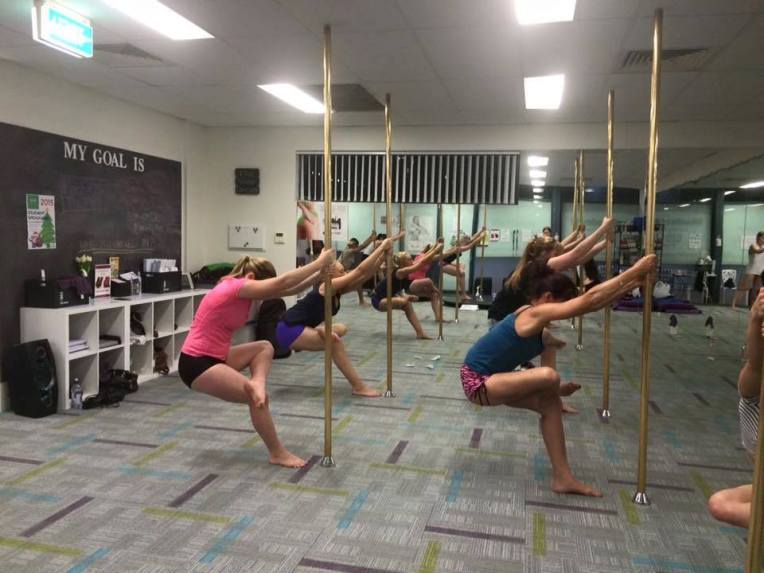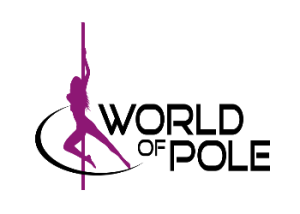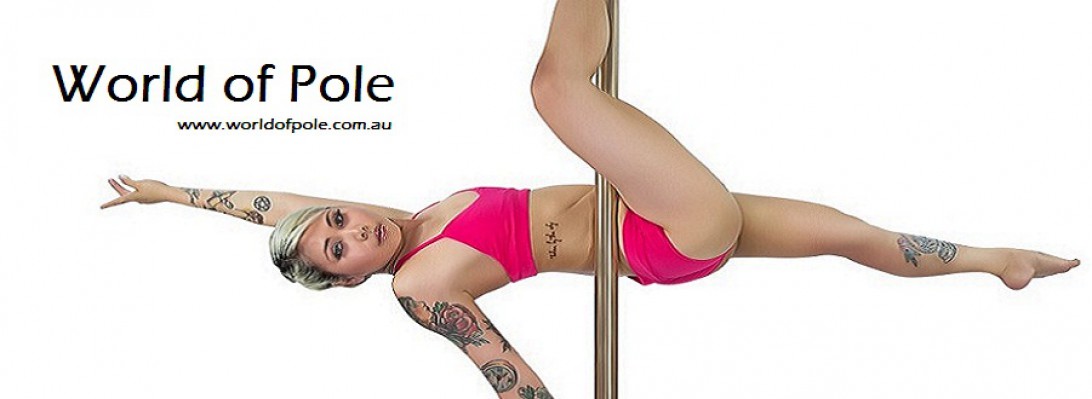There is no concrete evidence when dancing originated. Several forms of dancing have been used in ceremonies, dramas, movies, fitness/exercise and a way to show off sexuality. We can feel the energy that dance brings and most of us are attracted to at least one form of dance. Influenced by centuries-old techniques and brilliant physical effectiveness pole dancing has fast become one of today’s biggest trends. In this blog, we are going to trace the history of this magnificent form of dance and introduce you to the origins and traditions of pole fitness.

The history of pole dancing gives us a good understanding of what different cultures and groups used the pole for. Pole has been around in a handful of cultures for a few centuries and it’s evolution is not any slower or faster than other forms of dancing, such as ballet.
- The Chinese Pole-
The Chinese introduced the original form of pole dancing in the 12th century. This type of pole dancing you would see Chinese acrobats displayed a range of skills requiring great strength on a pole up to nine metres in height, laced with rubber. Although the Chinese Pole performances are much less fluid than what we see today, there are many tricks like the flag – ‘hanging straight out at 90-degree angle to the pole, using nothing but arm strength’ – that are still performed today.
- Mallakhamb-
The word Mallakhamb comes from the terms ‘malla’ meaning a ‘gymnast’ or ‘man of strength’ and Khamb meaning ‘pole’. Mallakhamb is a traditional Indian sport which is made up of gymnastics and poses undertaken on a vertical wooden pole or rope. It utilizes the same principles of endurance and strength as pole, using a wooden pole, wider in diameter than a modern standard pole, which has a large wooden ball at the top. Pole Mallakhamb was used to develop strength, stamina, endurance, concentration and co-ordination.
- Western Pole-
According to the professionals of the pole dancing classes in Kings Park, the western world had its own types of pole dancing with influences from Druid, Pagan and Roman traditions. It seems that pole dancing disappeared for several centuries and reappeared again in the 1920s. Pole dancing itself has been said to originate from the travelling fairs during the American depression in the 1920’s, where a group of dancers would entertain crowds in tents using a lot of hip movement and suggestive dancing. During the Depression, circuses would travel around with tents. In the side shows, women would dance around the tent poles, sliding up and down and holding poses. This entertainment gained quite a bit of popularity (what a surprise). These were called “hoochie coochie” dances. The earliest recorded pole dance in the U.S was in Oregon in 1968 and was performed by Belle Jangles at Mugwumps strip joint.
- Modern Day Pole Dancing-
The modern pole is a combination of these centuries-old techniques and has evolved into a modern day form that relies heavily on dance as well as fitness skills. Australia, US, Europe and Asia were quick to adopt this craze with pole dance and pole fitness classes, new studios and academies plus various competitions. Over the years this form of dancing has come out of the tag of sensualism and become a recognized form of exercise and sport and can be used as both an aerobic and anaerobic workout.

